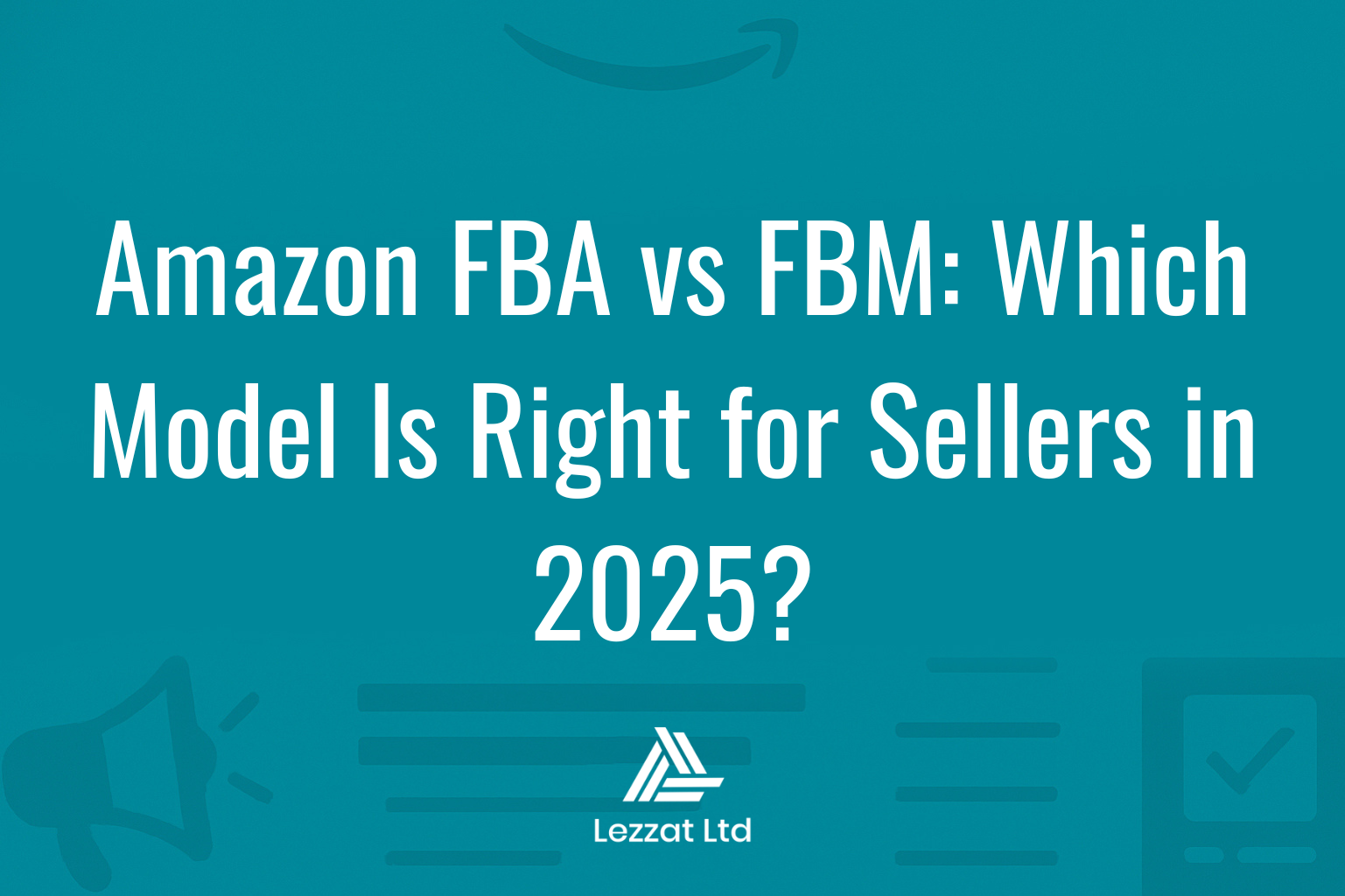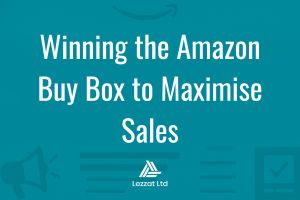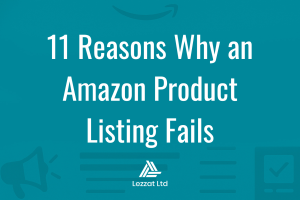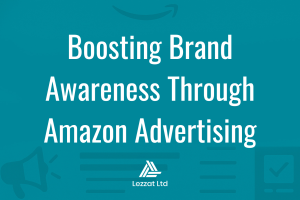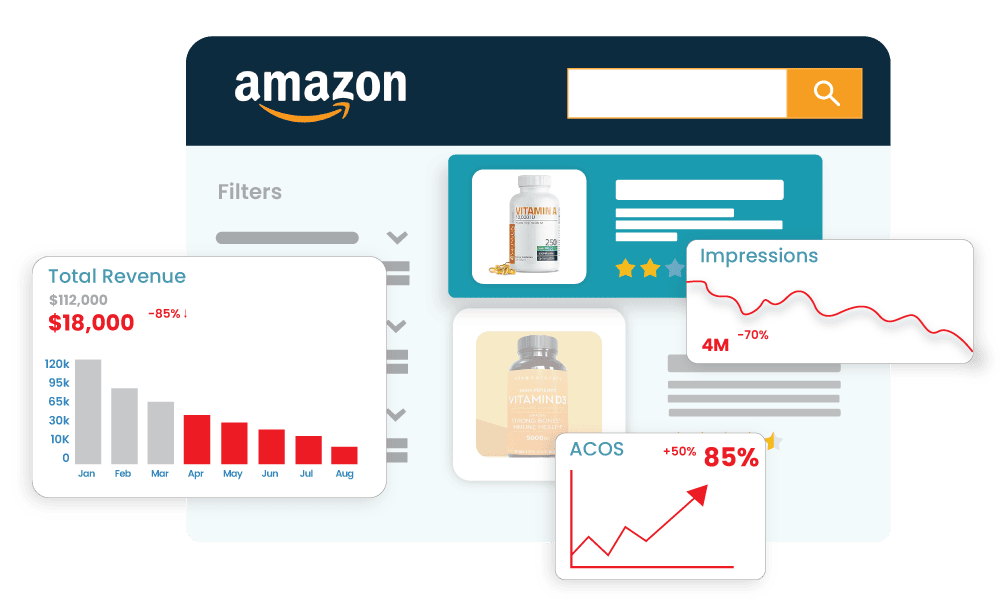The Amazon marketplace is undeniably one of the most powerful sales platforms in the world, with over 2 million active sellers. One of the most important decisions any seller must make is choosing between Fulfillment by Amazon (FBA) and Fulfillment by Merchant (FBM). As we progress through 2025, with rising logistics costs, tighter margins, and evolving buyer expectations, knowing which fulfillment method will best serve you and your customers is critical.
In this guide, we’ll break down the pros and cons of Amazon FBA vs FBM to help you understand which model best suits your business needs.
What is Amazon FBA?
Fulfillment by Amazon (FBA) means Amazon stores, packs, ships, and handles customer service for your products. Sellers send inventory to Amazon’s warehouses, and the retail giant does the rest.
Pros of FBA
- Prime Eligibility: Products become Prime-eligible, boosting visibility and conversion rates.
- Faster Shipping: Amazon handles 1- to 2-day shipping to millions of customers.
- Customer Trust: Buyers prefer Amazon-handled products due to reliability.
- Less Operational Overhead: No need to manage storage or shipping logistics.
Cons of FBA
- Storage Fees: Long-term storage fees can be costly if your inventory doesn’t move quickly.
- Less Control: You have limited say over packaging, shipping preferences, and customer experience.
- Complex Returns Handling: Amazon’s return policies may lead to more frequent refunds or damaged stock.
2025 Update: Amazon increased its FBA storage fees by up to 15% in Q1 2025. It’s now more crucial than ever for sellers to optimise inventory turnover to maintain profitability.
What is Amazon FBM?
With Fulfillment by Merchant (FBM), sellers are responsible for storing and shipping their products directly or by partnering with a third-party logistics (3PL) service.
Pros of FBM
- Lower Fees: You avoid FBA storage and fulfillment fees.
- More Control: Maintain full control over inventory, packaging, branding, and returns.
- Better for Larger or Slower-Moving Products: Bulky or seasonal items are more cost-effective when stored independently.
Cons of FBM
- No Automatic Prime Badge: Unless you qualify for Seller Fulfilled Prime (SFP), your listing may not receive the Prime badge.
- Greater Workload: You handle all logistics, customer service, and returns.
- Slower Delivery Can Hurt Sales: Shoppers increasingly expect 1-2 day delivery.
Amazon FBA vs FBM: Side-by-Side Comparison (2025)
| Feature | FBA | FBM |
|---|---|---|
| Prime Eligibility | ✅ Yes (automatic) | 🚫 No (unless SFP) |
| Shipping Speed | Fast (1–2 day) | Varies |
| Costs | Higher (storage + fulfillment fees) | Lower (depends on logistics) |
| Control | Limited | Full |
| Scalability | Easier to scale | May require team/infrastructure |
| Returns & Support | Amazon handles | You handle |
| Best For | High-volume, fast-moving products | Niche, heavy, or low-margin products |
Cost Comparison: FBA vs. FBM
Now that you’ve seen how FBA and FBM compare at a high level, let’s take a closer look at the costs involved with each model. Here’s a side-by-side breakdown to help you understand where your money goes and which model may be more cost-effective for your business in the long run.
| Expense Area | FBA | FBM |
|---|---|---|
| Storage Fees | Monthly + long-term storage fees | Self-managed or via 3PL |
| Fulfillment Fees | Charged per unit/weight | Variable based on shipping provider |
| Returns Handling | Amazon-controlled | You handle returns/refunds |
| Customer Service | Included in fees | Must be managed or outsourced |
| Custom Packaging | Limited flexibility | Full control |
2025 Note: FBA fees increased by 10–15%, especially for large or slow-moving products. FBM may be cheaper long-term for sellers with their own infrastructure or unique packaging needs.
Buy Box Advantage
When choosing between FBA and FBM, one more thing to consider is how each affects your ability to win the Amazon Buy Box. The Buy Box is the default purchase option for customers and accounts for over 80% of all sales on the platform.
Amazon FBA sellers often have a built-in advantage that includes:
- Prime eligibility
- Amazon’s reputation for fast, reliable shipping
- Trusted customer service
That said, FBM sellers aren’t out of the running, but they need to:
- Maintain top-tier metrics
- Offer competitive pricing and fast shipping
- Use programs like Seller Fulfilled Prime (SFP)
Best Product Categories for FBA & FBM
| Product Category | Description |
|---|---|
| Why FBM Works Best | |
| Furniture & Auto Parts | Heavy, bulky, expensive to store and ship via FBA |
| Custom/Personalised Items | Require tailored packaging or branded experiences |
| Industrial Equipment | Special handling needs; high cost if mishandled |
| Handmade Art & Crafts | Fragile or one-of-a-kind; unique packaging or storytelling adds value |
| Perishable Foods | Require refrigeration or climate control |
| Why FBA Excels | |
| Consumer Electronics | Fast shipping = high conversions |
| Health & Beauty | Prime eligibility increases trust and repeat purchases |
| Toys & Games | High turnover, especially around holidays |
| Clothing & Apparel | Fast returns and scalability for fashion brands |
| Books, Media, Home & Kitchen | Lightweight, standard-sized, predictable demand |
5 Key Factors to Help You Decide
- Type of Product: FBA is ideal for small, lightweight, high-volume products. FBM suits larger or customised items.
- Desire for Personalisation: FBM gives full control over packaging and branding.
- Inventory Access: FBM offers storage flexibility; FBA outsources management.
- Customer Support Preferences: FBA handles support; FBM lets you control the process.
- Sales Volume & Scalability: FBA scales better for fast-moving products. FBM keeps costs down for smaller operations.
Hybrid Model: The Best of Both Worlds?

In 2025, many successful Amazon sellers are blending FBA and FBM to maximise flexibility and profitability. This hybrid approach ensures you’re never dependent on one method and can pivot as policies or business needs change.
- Seller Fulfilled Prime: Offer Prime shipping while maintaining FBM control.
- Buy With Prime: Extend Prime benefits to your Shopify site.
- Multi-Channel Fulfillment (MCF): Let Amazon fulfill non-Amazon orders.
Final Thoughts
There is no one-size-fits-all answer to the FBA vs FBM debate. The ideal approach varies by product, setup, and goals. The smartest sellers in 2025 stay agile, review costs, and adapt to Amazon’s changing ecosystem. Many find success by testing both models, analysing performance, and refining their strategy over time.
Ready to Grow Your Amazon Business? At Lezzat, our team of Amazon experts can help you choose the best fulfillment strategy. Book a free consultation today.
Want More Amazon Insights? Check out our other blog posts and case studies on launching products, scaling brands, and driving results on Amazon.

